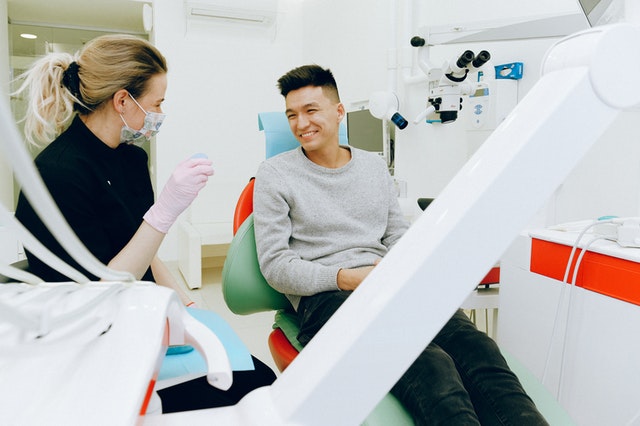Why Patients have to wear Retainers

The benefits of orthodontic treatments are provided by Exeter Orthodontics to both adults and children who wish to improve their appearance and smile. However, according to Exeter Orthodontics Harrisburg, orthodontic treatment for adults may be longer compared to children because they have stopped from growing.
The most common treatment prescribed by Exeter Orthodontics Harrisburg for patients with crooked or crowded teeth and misaligned bites is braces. In some cases, a retainer is enough to correct the irregularities. Before designing a treatment plan, the orthodontist will ask questions about the patient’s health, take a digital scan of the teeth and take photos and x-rays of the mouth, teeth and gums.
Braces can correct irregularities but it is the retainer that holds the teeth straight after the braces have been removed. Retainers are prescribed by Exeter Orthodontics Harrisburg during the last phase of treatment to prevent the teeth from moving back to their former position.
There are 2 types of retainers, the fixed and removable. The fixed retainer is made from a thin wire that is bonded at the back of the upper and lower front teeth. The way that fixed retainers are bonded to the teeth is similar to brackets. The thin wire stretches across several teeth similar to the way that patients with braces floss their teeth. Fixed retainers are difficult to clean but it has the best outcome in straightening the teeth.
Removable retainer is composed of a wire that goes across the front of the upper and lower teeth. It is held in place by a combination of acrylic material and hooks that are inserted in and around the back teeth. Patients have to remember to wear the retainer daily and remove it only when cleaning the teeth. The patient will be required to wear a retainer for at least 3 months. If the orthodontist detects that there is no tooth movement, the retainer will only be worn at night or for a few hours during the day.
Patients can avoid misplacing or losing their removable retainer by storing them in a clear plastic case. Most orthodontic practices will charge a patient a few hundred dollars to replace a lost or damaged retainer.








